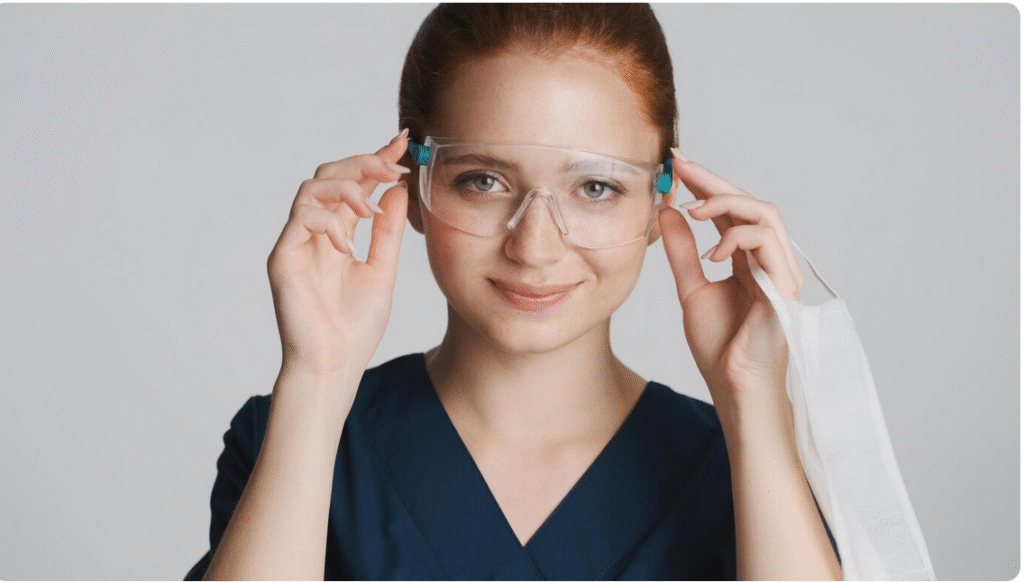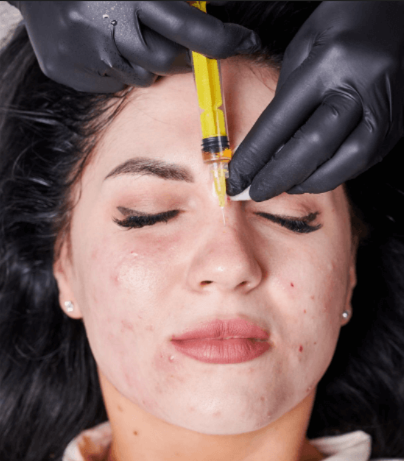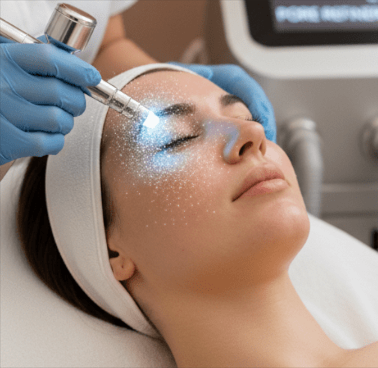Ptosis, or drooping of the upper eyelid, is more than just a cosmetic issue—it can affect your vision, facial symmetry, and self-confidence. Fortunately, ptosis correction surgery offers an effective solution to restore a youthful, alert appearance while improving functionality. In Korea, renowned for cutting-edge cosmetic and reconstructive procedures, ptosis correction is performed with precision and artistry by experienced oculoplastic and plastic surgeons.
What Is Ptosis?
Ptosis (pronounced “toe-sis”) refers to the sagging or drooping of the upper eyelid. This condition may affect one or both eyes and can be present at birth (congenital ptosis) or develop later in life (acquired ptosis). It occurs when the levator muscle, which lifts the eyelid, weakens or detaches from its normal position.
Common Causes of Ptosis
- Congenital: Underdeveloped levator muscle from birth
- Aging: Muscle stretching or weakening with age
- Trauma or surgery: Injury to eyelid muscles or nerves
- Neurological conditions: Myasthenia gravis, Horner’s syndrome, etc.
- Contact lens use: Long-term use can stretch the eyelid muscles
Signs You Might Need Ptosis Correction
- Drooping upper eyelids that obstruct vision
- Eyelid asymmetry
- Tired, sleepy appearance
- Frequent eyebrow lifting to compensate for drooping lids
- Head tilting backward to see clearly
- Eye strain or headaches
If these symptoms are affecting your daily life or self-image, ptosis correction may be the right solution.
What Is Ptosis Correction Surgery?
Ptosis correction is a surgical procedure that tightens or reattaches the eyelid’s levator muscle, lifting the eyelid into a natural position. In some cases, when the levator is severely weak, a frontalis sling may be used to help the forehead muscles lift the eyelid.
Types of Ptosis Surgery
- Levator Resection or Advancement
- Best for patients with moderate-to-good levator function
- Tightens or repositions the existing muscle
- Frontalis Sling Surgery
- Ideal for severe ptosis with poor muscle strength
- Connects eyelid to forehead muscles to aid lifting
- Müller’s Muscle-Conjunctival Resection (MMCR)
- Minimally invasive
- Suitable for mild cases and good muscle function
Why Choose Ptosis Correction in Korea?
Korea is globally recognized for its advanced aesthetic and reconstructive eye surgery techniques. Patients from around the world travel to Korea for ptosis correction because of:
- Highly skilled plastic and oculoplastic surgeons
- Natural, symmetrical results tailored to facial features
- Minimally invasive techniques with reduced downtime
- Bilingual support for international patients
- Affordable packages compared to Western countries
What to Expect During the Procedure
- Consultation: A detailed evaluation of eye anatomy, muscle strength, and symmetry
- Surgery: Usually performed under local anesthesia with sedation; takes about 1–2 hours
- Recovery: Mild swelling and bruising for 1–2 weeks; stitches removed in 5–7 days
- Results: Improved eyelid height, vision, and facial harmony with long-lasting effects
Post-Surgery Care and Recovery Tips
- Apply cold compresses to reduce swelling
- Sleep with your head elevated for the first few nights
- Avoid strenuous activity for 1–2 weeks
- Use prescribed antibiotic ointment or eye drops
- Follow all post-op check-ups with your surgeon
Is Ptosis Correction Covered by Insurance?
If ptosis affects your field of vision or causes functional problems, your procedure may be partially or fully covered by insurance—even for international patients seeking treatment in Korea. However, if the motivation is purely cosmetic, it’s generally considered elective.
Enhance Your Appearance and Comfort with Ptosis Surgery
Ptosis correction isn’t just about looking younger—it’s about seeing better, feeling more confident, and improving quality of life. Whether you’re experiencing congenital ptosis, age-related drooping, or muscle dysfunction, this surgery offers both functional and cosmetic rejuvenation.




